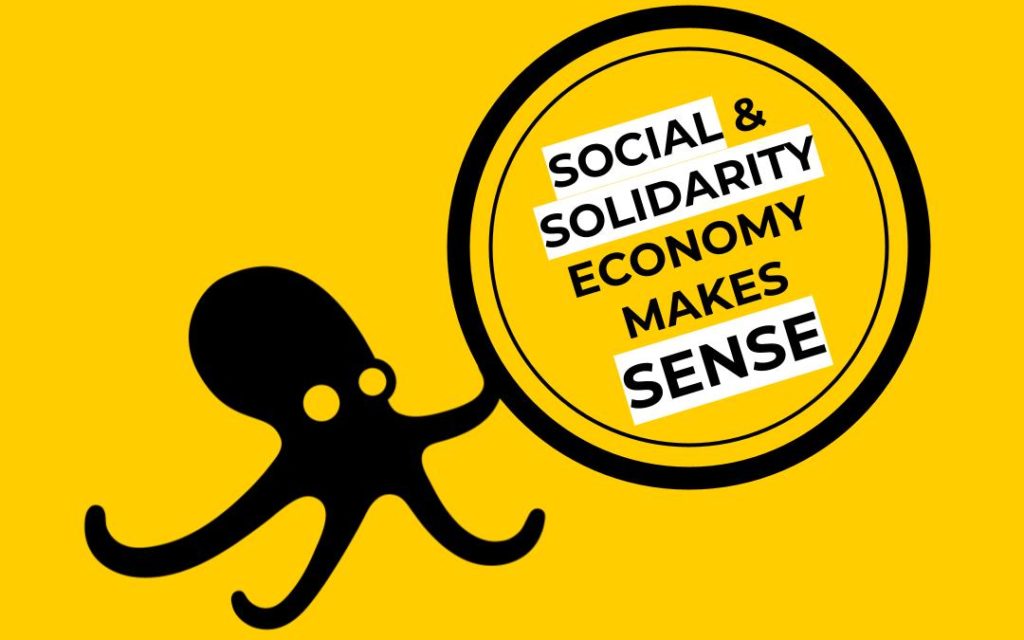Co-founder of Aldebaran Robotics and designer of the NAO robot, David Gouaillier met Nicolas Huchet in 2017. David brings skills in mechatronics to the bionicohand project: a DIY myoelectric hand prosthesis. A few months later, he founded ORTHOPUS and decided to embark on an entrepreneurial adventure in the service of a meaningful economy.
What is the purpose of ORTHOPUS ?
At ORTHOPUS, we have several objectives, but the first one, the one that drives us is to design high-quality technical aids for people with disabilities and make them accessible to as many people as possible.
Technical aids refer to “any instrument, equipment or technical system adapted or designed to compensate for an activity limitation encountered by a person due to his or her disability”. In concrete terms, these aids may include prostheses, orthoses, wheelchairs, life support arms, and software designed to improve the daily, social and professional life of people with a motor disability.
And to make technical aids accessible to as many people as possible, we want our solutions to be affordable and easily remanufactured anywhere in the world.
Why do we do it ?
We have observed a real problem: the inequality of access to technical aids.
According to the report of the international ATScale network, more than a billion people need some form of technical assistance. But more than 90% of them do not have access to solutions that could improve their quality of life. The number of people affected is expected to reach more than 2 billion in 2050 because of diabetes.
Technical aids for disabilities are very expensive and often limited to a minority with sufficient income or a social protection system.
For example, an entry-level electric car costs about 24,000 euros in France, while a wheelchair costs between 35 and 45,000 euros for a person with myopathy. The price of a state-of-the-art hand prosthesis also amounts to 45,000 euros.
At ORTHOPUS, we believe that these prices are not fair. This is why, in the wake of initiatives led by the Fablab Network, we want to shake up this market and bring new solutions.
How do we proceed ?
To succeed in this mission, ORTHOPUS relies on three main assets:
– Open Source
We want to share all our Open Source solutions through online tutorials that allow to rebuild them. At ORTHOPUS, we consider Open Source as our backbone to achieve our mission of diffusion, accessibility, sharing and solidarity.
– Lightweight means of production
These are the low-cost materials, power tools and digital printing technologies we use.
We compare several materials to offer solutions of equivalent quality to existing materials, but at a lower cost.
In addition, digital manufacturing technologies such as 3D printing will allow healthcare professionals to be technically independent in fitting patients.
– Medical certification
One of ORTHOPUS’ major challenges is to obtain medical certifications to guarantee the quality, comfort and robustness of our solutions. ORTHOPUS will comply with the European regulation 2017/745 that governs medical devices. For this purpose, ORTHOPUS has already implemented a Quality Management System (ISO 13485) and is starting clinical trials to certify these solutions.
What is your business model ?
The beneficiaries of our solutions are people with motor disabilities.
Our products are aimed at healthcare professionals who act as intermediaries with the people concerned. These are orthoprosthesists, physiotherapists and occupational therapists.
On the international level, ORTHOPUS wants to become the privileged partner of NGOs in contact with “fragile” populations.
ORTHOPUS, therefore, wishes to act worldwide, beginning in France.
Because all our solutions are designed for the common good, we will not file a patent on our technologies and know-how.
Our business model is based on revenues linked to:
- the sale of certified prosthetic components
- the sale of assembled and certified prostheses
- training and consulting services
- the sale of tailor-made solutions (prostheses for children, prostheses for leisure and competitive sports, etc.)
In addition, our economic model is in line with the values of the Social and Solidarity Economy (SSE). We seek to sell our solutions and services at a fair and ethical price by applying moderate or even low margins for the most vulnerable people.
ORTHOPUS’ measure of profitability is, therefore, not only its profit, but also its social impact. In other words, the value of increased quality of life generated by the company exceeds the profits alone. It is aimed at the beneficiaries: people with disabilities.
What are our plans for the coming months?
On the technological level, ORTHOPUS wishes to pursue various R&D projects for upper limb amputations with Nicolas Huchet.
In addition to obtaining medical certifications, we are studying initial manufacturing and equipment tests in Africa.
ORTHOPUS also wishes to obtain French ESUS accreditation to be officially recognized as a company of the Social and Solidarity Economy and to participate in a new economy that makes sense.
Do you have any further questions?
Put them down!
Spécialisée dans la culture scientifique et technique depuis dix ans, Mona a une expérience au croisement de l’économie sociale et solidaire, de la fabrication numérique et du monde des fablabs. Ses compétences vont de la communication transmedia, à l’animation de communautés en passant par l’événementiel. Chez ORTHOPUS, elle met en œuvre et anime la stratégie communication et marketing.

